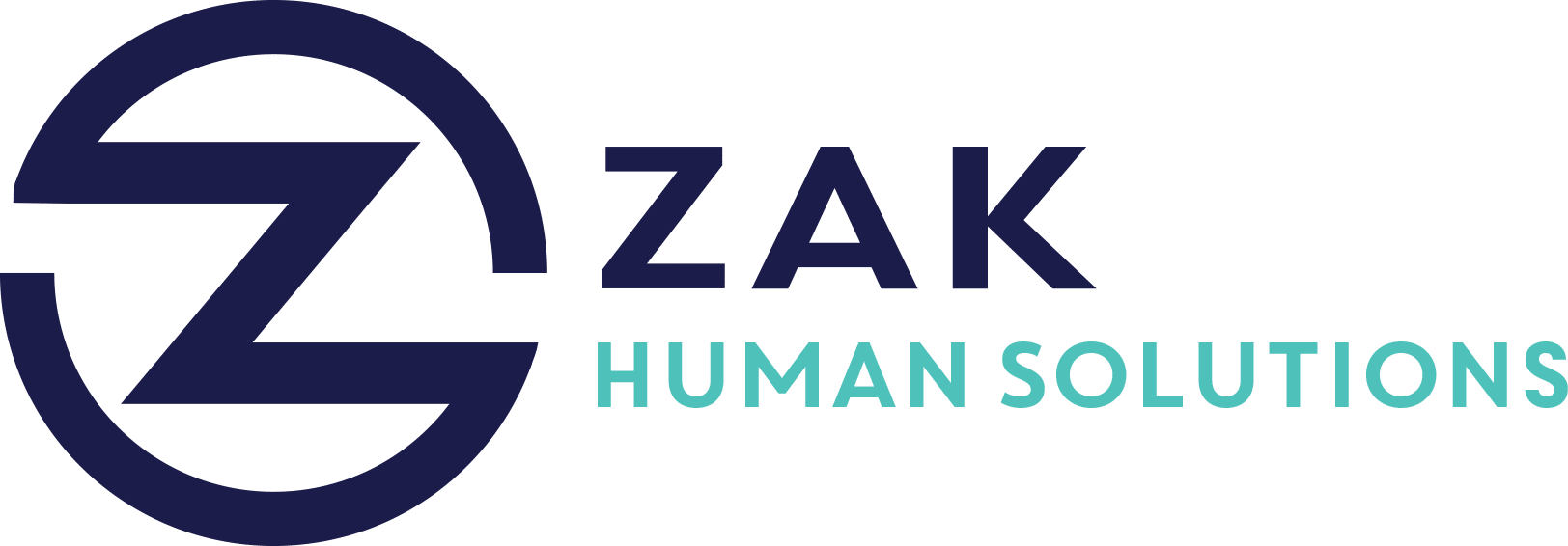Key Takeaways
- Employees are experiencing an “eggshell economy” in 2025, reflecting a fragile workplace environment.
- Fifty-four percent of employees surveyed in 2024 did not apply for jobs due to job security concerns.
- There is a declining trend in hiring and job openings, reaching a five-year low.
- Anxiety about job security is pushing employees to show their value at work through visibility, speaking up, and creating work barriers.
- Baby boomers are more likely to stay at their current job, while lower turnover rates might not reflect true employee satisfaction.
- Many employees, especially Gen Z, are applying less or showing reluctance to move jobs due to limited opportunities.
In 2025, the employment landscape is characterized by what many are calling an “eggshell economy.” This term encapsulates the current fragile and cautious environment in workplaces across various industries. Workers are finding themselves more hesitant to make job changes or take career risks, leading to unique challenges and behaviors. This blog post delves into the factors defining the eggshell economy and provides insights into how employees are navigating this tricky terrain.
The Genesis of the Eggshell Economy
The concept of an eggshell economy stems from widespread job security concerns. A recent survey noted that 54 percent of employees did not apply for any jobs in 2024, highlighting the pervasive caution among the workforce. This reluctance is more pronounced among baby boomers compared to the more mobile Gen Z.
Why Are Employees Staying Put?
Several factors contribute to employees’ hesitance:
- Economic Uncertainty: With a declining trend in hiring and job openings, the job market reached a five-year low. This scarcity of opportunities creates fierce competition, making existing jobs seem more secure.
- Anxiety Over Job Security: Concerns about potential layoffs and economic instability push employees to cling to their current roles, even if they are dissatisfied with them.
- Generational Differences: Baby boomers, who may prioritize stability over career changes, are less likely to seek new roles. In contrast, younger generations are more adaptable but are still affected by the lack of opportunities.
Impact on Workplace Culture
The eggshell economy significantly influences workplace dynamics and culture. Employees are adopting new strategies to demonstrate their value and secure their positions:
- Increased Visibility and Engagement: Workers are making extra efforts to ensure their contributions are visible. This involves speaking up more during meetings and actively seeking recognition for their efforts.
- Creation of Work Barriers: Some employees are intentionally creating work barriers to make their roles indispensable. This protective strategy might foster individual success but can also lead to siloed work environments and decreased collaboration.
- Extended Availability: With increased anxiety over job retention, many are extending their availability beyond normal hours to appear more dedicated and indispensable.
How to Navigate the Eggshell Economy
For both employees and employers, understanding how to maneuver in this fragile environment is crucial:
For Employees:
- Focus on Skill Development: Continuous improvement and skill acquisition can enhance job security and promote career growth, even amidst economic uncertainty.
- Maintain Professional Visibility: Actively engaging in workplace projects and demonstrating leadership qualities can help secure long-term employment.
- Balance Work-Life Inclusiveness: While it’s important to be committed, it’s equally essential to prevent burnout by maintaining a healthy work-life balance.
For Employers:
- Enhance Communication: Transparent communication about company performance and job security can alleviate employee anxiety and foster trust.
- Foster Inclusivity and Team Engagement: Encouraging collaboration and breaking down workplace silos can create a more supportive environment and improve morale.
- Invest in Employee Growth: Providing training and development opportunities can boost employee satisfaction and enhance retention.
As we advance through 2025, adapting to the eggshell economy requires both employees and employers to rethink their strategies and approaches. While employees fare better by focusing on personal growth and visibility, employers need to create a supportive workplace that emphasizes transparency and professional development. By addressing these challenges proactively, the workforce can transition from a place of fragility to resilience.




